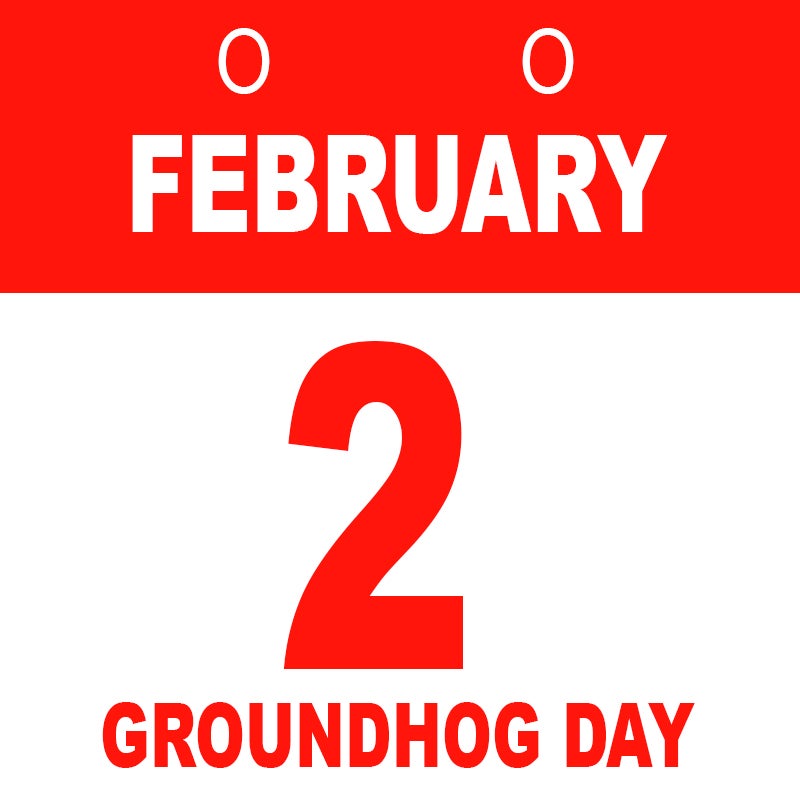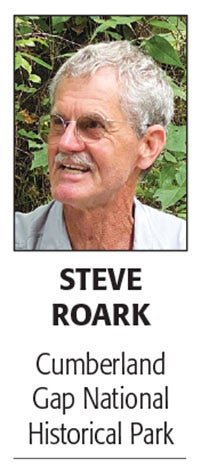A Groundhog Day revelation
Published 1:21 pm Tuesday, January 31, 2023
|
Getting your Trinity Audio player ready...
|
Groundhog Day is really another celebration of the birth of Christ, but few realize it because it has undergone a lot of change through the centuries. Feb. 2 used to be called Candlemas Day, a feast day commemorating when the Virgin Mary, in obedience to Jewish law, went to the Temple in Jerusalem both to be purified 40 days after the birth of her son, and to present her child to God as her firstborn. This is documented in Luke 2:22-38. It has been a celebration since the fourth century and was observed with lighted candles, hence the name “Candlemas.”
Folklore and superstition became attached to the celebration and changed it over the centuries.
There was an old belief that all Christmas decorations must be down before Candlemas Day or ill tidings would occur. It was thought that if a single leaf or berry used for decorating the church was left in the church pew that someone who usually occupied that seat would die before another Yuletide. It was a strong enough belief that wealthier families would send servants down to the church to sweep out the pews on Candlemas Eve.
Weather prediction eventually became associated with February 2 according to this old English song: “If Candlemas be fair and bright, Come Winter, have another flight; If Candlemas bring clouds and rain, Go Winter, and come not again.” Why a rodent entered the picture is beyond me. But as you know, on a “fair and bright” Feb. 2 the ground hog will likely see his shadow and run back to his den, denoting an extended winter. A day of clouds will produce no shadow, so the groundhog will hang around, thus predicting a short winter. In other countries a bear and a badger are used in the same way.
So don’t just brush off Feb. 2 as a silly tradition. It was a noble and holy celebration that got twisted beyond recognition. Have a happy Candlemas Day, and be sure to get down those Christmas lights.
Steve Roark is a volunteer at Cumberland Gap National Historical Park.






